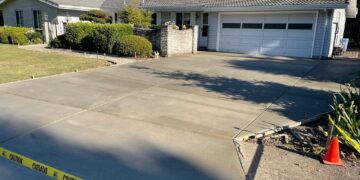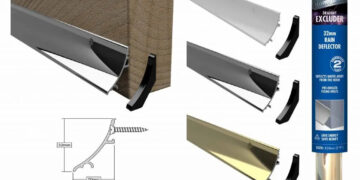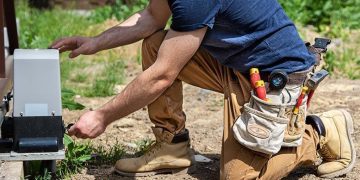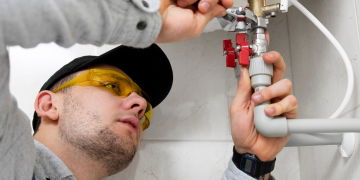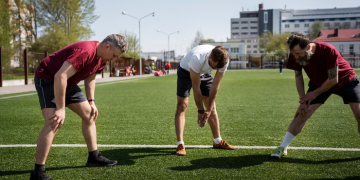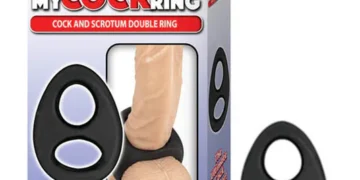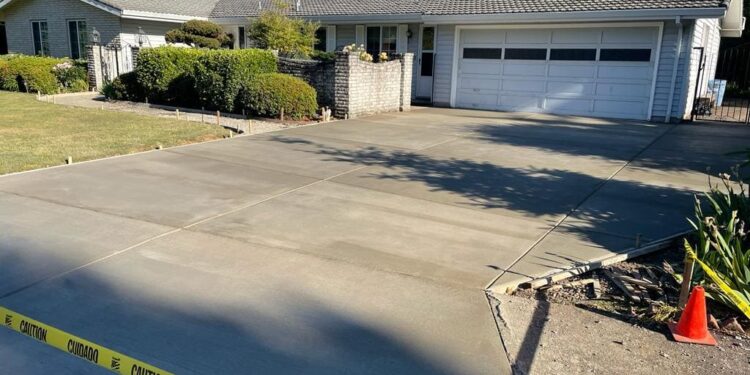Concrete driveways are a durable and attractive choice for many homeowners, but over time, they can develop cracks, stains, and other issues. Addressing these problems promptly is crucial to maintaining the structural integrity and aesthetic appeal of your driveway. Whether you’re dealing with minor cracks or significant damage, understanding the repair process can help you make informed decisions and achieve lasting results. In this guide, we’ll walk you through the essential steps and considerations for concrete driveway repair.
Understanding Common Concrete Driveway Problems
Concrete driveways are prone to several common issues, including cracks, surface spalling, and stains. Cracks can occur due to a variety of factors, such as shifting soil, heavy vehicle traffic, or temperature fluctuations. For effective concrete driveway repair, addressing these cracks promptly is essential. Surface spalling, characterized by the flaking or peeling of the concrete surface, is often caused by the use of de-icing salts or poor-quality concrete. Stains from oil, rust, or other substances can detract from the appearance of your driveway. Identifying the specific problem with your driveway is the first step toward an effective repair solution.
Assessing the Damage
Before you begin any repair work, it’s essential to assess the extent of the damage. Small hairline cracks may require only minor repairs, while larger cracks or surface issues may need more extensive intervention. To assess the damage, examine your driveway closely for any signs of cracks, holes, or surface deterioration. Use a chisel and hammer to tap around any suspected areas of damage—this can help identify if the concrete is loose or hollow underneath. Measuring the width and depth of cracks can also help determine the appropriate repair method.
Choosing the Right Repair Method
The method you choose for repairing your concrete driveway will depend on the type and severity of the damage. For small cracks, a simple concrete crack filler or caulk can be effective. Larger cracks or holes may require a concrete patching compound or resurfacing material. If your driveway is experiencing widespread surface spalling, a concrete overlay or resurfacing may be necessary. For extensive damage, it might be best to consult with a professional to ensure that the repair method chosen will provide a long-lasting solution.
Preparing for Repair
Proper preparation is critical to ensuring the success of your concrete driveway repair. Begin by cleaning the damaged areas thoroughly and removing any loose debris, dirt, or stains. Use a wire brush or a power washer to ensure that the surface is clean and free from contaminants. For cracks, use a chisel and hammer to widen the crack slightly, creating a V-shaped groove. This helps the repair material adhere better. Make sure the area is dry before applying any repair materials, as moisture can affect the bonding process.
Applying Repair Materials
Once the surface is prepared, you can begin applying the repair materials. For small cracks, squeeze a concrete crack filler or caulk into the crack and smooth it out with a putty knife. For larger cracks or holes, mix a concrete patching compound according to the manufacturer’s instructions and apply it with a trowel, filling the damaged area. If resurfacing, mix the concrete overlay material and apply it evenly over the entire surface, ensuring a smooth and consistent finish. Follow the manufacturer’s guidelines for application and drying times to achieve the best results.
Curing and Maintenance
After applying repair materials, proper curing is essential for a successful repair. Keep the repaired area moist for at least 24 hours to ensure that the concrete sets properly. You can do this by covering the area with a wet cloth or using a curing compound. Avoid heavy traffic on the driveway for at least 48 hours to allow the Repair to set and bond fully. Regular maintenance can help extend the life of your repaired driveway. Seal the concrete annually to protect it from moisture and staining, and promptly address any new cracks or issues that arise.
When to Seek Professional Help
While many concrete driveway repairs can be handled as DIY projects, there are situations where professional help is warranted. If you’re dealing with extensive damage, such as large cracks, severe spalling, or structural issues, it may be best to consult a professional concrete contractor. Professionals have the expertise and tools necessary to assess and repair complex problems effectively. Additionally, if you’re unsure about the best repair method for your specific situation, a professional can provide valuable guidance and ensure that the Repair is done correctly.
Conclusion
Concrete driveway repair is a manageable task with the proper knowledge and preparation. By understanding common problems, assessing the damage, choosing the appropriate repair method, and following proper preparation and maintenance procedures, you can effectively address issues and extend the life of your driveway. However, for extensive damage or if you’re unsure about the repair process, seeking help from professionals like Xcelent Concrete Services can ensure a high-quality and lasting repair.
If you are looking for the best concrete contractor in Portland, then look no further than a qualified concrete contractor who brings both expertise and dedication to every project. At Xcelent Concrete Services, we pride ourselves on our ability to deliver exceptional results, whether you need a new driveway, a stylish patio, or any other concrete work. Our team of skilled professionals uses the latest techniques and high-quality materials to ensure that your concrete surfaces not only meet but exceed your expectations. With a commitment to precision and customer satisfaction, we transform your concrete visions into reality with unmatched craftsmanship and reliability.
